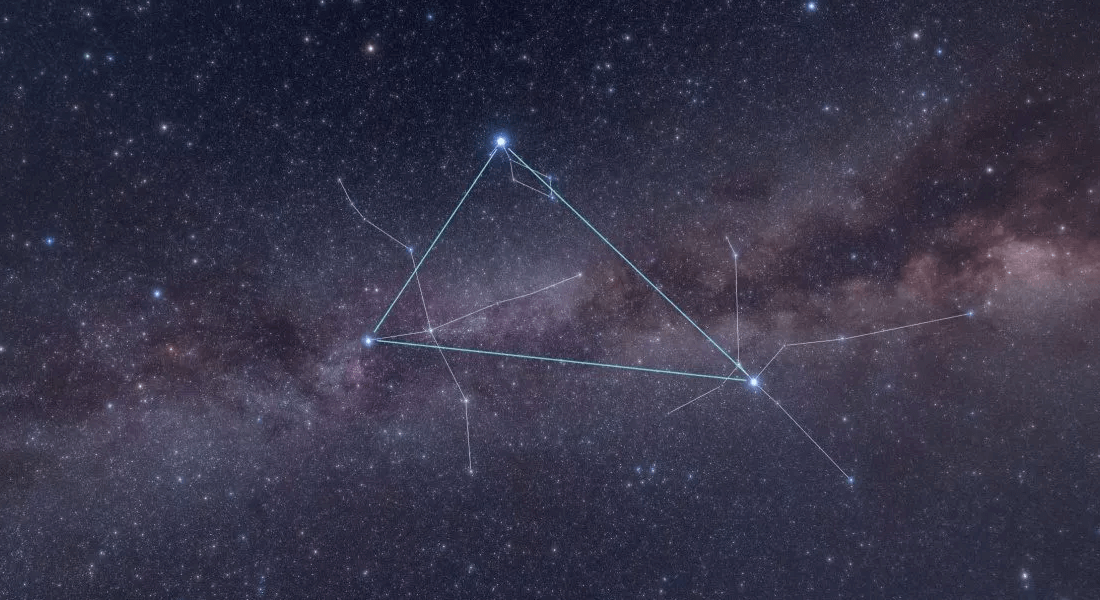
James Webb Space Telescope (JWST) is designed to study the stars and gas in the first galaxies. JWST primary mirror is 6.5 m in diameter, and it i
The Cosmic Dawn Center (DAWN) is a an international basic research center supported by the Danish National Research Foundation located in Copenhagen at the Niels Bohr Institute, University of Copenhagen, and at the Space division of the Technical University of Denmark (DTU-Space).
The Cosmic Dawn Center is a collaboration between the University of Copenhagen and the National Space Institute at the Technical University of Denmark (DTU Space). This page mostly concerns the UCPH part. To visit the DAWN center's website, please click here:
The Cosmic Dawn Center (DAWN) is located in Copenhagen at the Niels Bohr Institute, University of Copenhagen, and at the Space division of the Technical University of Denmark (DTU-Space). It is a international basic research center supported by the Danish National Research Foundation.
The center is dedicated to uncovering how and when the first galaxies, stars and black holes formed, through observations with the prime telescopes of the next decade (ALMA, JWST, Euclid, E-ELT, HST) as well as through theory and simulations.
The center will run an international PhD program, with annual calls every autumn. DAWN students will typically be co-supervised by DAWN scientists in Copenhagen and at international associate institutes, with the possibility of spending considerable time abroad.
The Danish National Research Foundation provides primary funding for the Cosmic DAWN Center of Excellence (CoE), which started in 2018. Funding is up to 10 years and divided on two granting periods that run for 6 and 4 years respectively. All publications with DAWN employees and affiliates as authors, must be acknowledged like this DNRF140.
In addition to this, DAWN will support its members to obtain personal grants from Danish and international funding agencies. Scientists at DAWN currently hold the following grants
Previous grants include
DAWN's research is focused on the specific period in the history of the Universe known as Cosmic Dawn. This previously unexplored period, 300-600 million years after the big bang is when the first stars, black holes and galaxies are believed to have formed.
The Cosmic Dawn Center is involved in a number of observational surveys, utilizing multiple instruments and telescopes. The abundant data emerging from these tools is analyzed through both theoretical models and numerical simulations.
We study the birth, life, and death of galaxies. Additionally, we study the smaller scales, namely the gas and dust that lies in between the galaxies' stars — the interstellar medium — and the larger scales, namely the effect that the galaxies have on their environment in the early Universe; the so-called Epoch of Reionization.
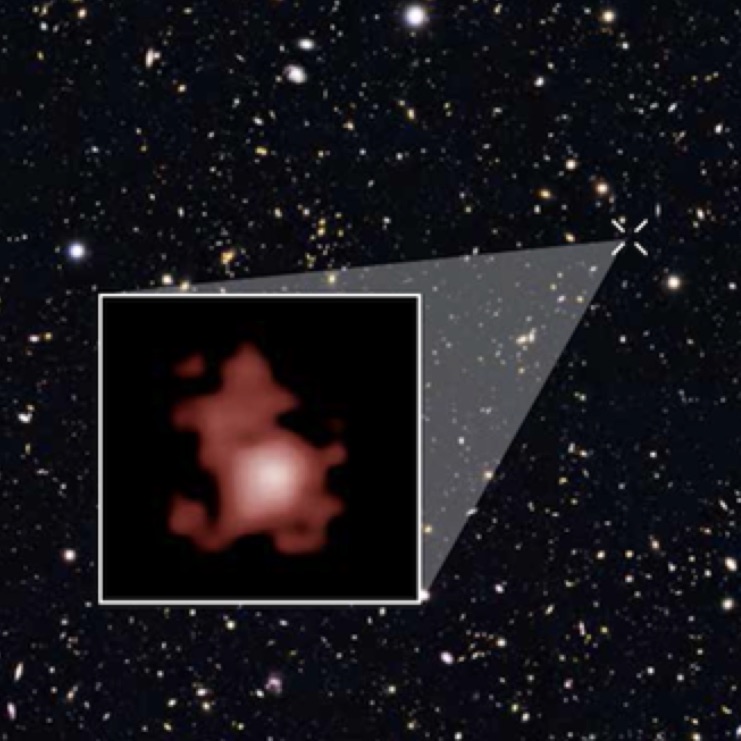 Galaxies are the building blocks of the Universe, and understanding how, and how soon, these enigmatic structures of gas, stars, and dark matter arose, is an observationally challenging task, since it involves detecting the faintest sources, almost at the edge of the observable Universe.
Galaxies are the building blocks of the Universe, and understanding how, and how soon, these enigmatic structures of gas, stars, and dark matter arose, is an observationally challenging task, since it involves detecting the faintest sources, almost at the edge of the observable Universe.
The currently most distant — and hence earliest — galaxy is seen at an epoch where the Universe was only 400 million years old, 3% of its current age. The first stars were formed at half this age, but have not yet been observed directly.
DAWN is involved in the James Webb Space Telescope (JWST), which was launched in December 2021, providing unprecedented deep exposures of some of the very first galaxies and protogalaxies.
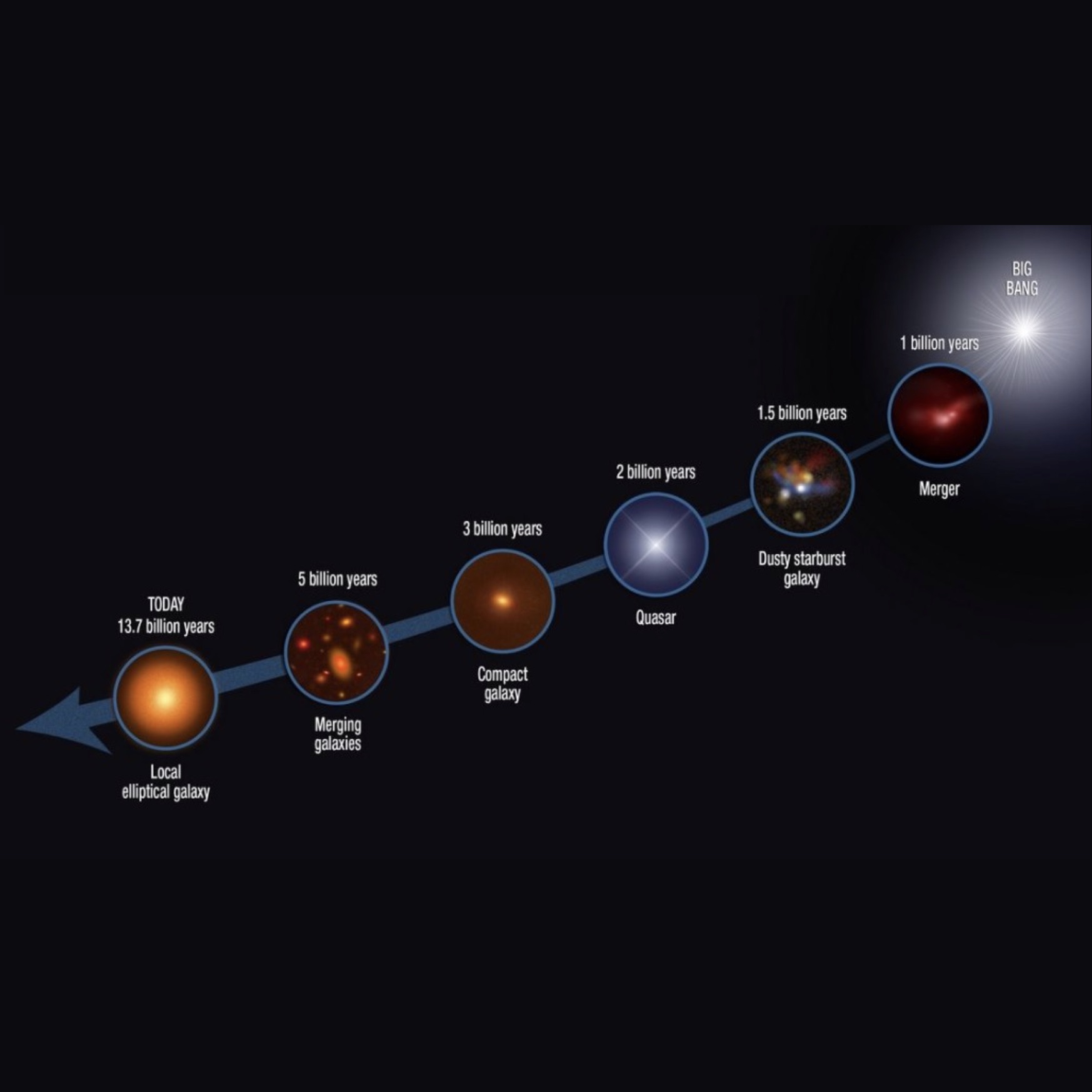 Galaxies evolve through both internal and external processes: Gas is converted to stars which pollute the interstellar medium with heavy elements, some of which form dust grains. Spiral arms form, and gas is ejected as galactic winds, triggered by the feedback of stars and quasars. At the same time, galaxies accrete new gas from the intergalactic medium, and merge with other galaxies.
Galaxies evolve through both internal and external processes: Gas is converted to stars which pollute the interstellar medium with heavy elements, some of which form dust grains. Spiral arms form, and gas is ejected as galactic winds, triggered by the feedback of stars and quasars. At the same time, galaxies accrete new gas from the intergalactic medium, and merge with other galaxies.
The interplay between these processes determines the fate of a galaxy — whether it will turn out a flat and star-forming spiral galaxy, an elliptical, red and "dead" galaxy, or something else.
The evolution takes place over timescales of hundreds of millions of years, and hence cannot be observed "live". But studying the statistical properties of large samples of galaxy populations through observational surveys and theoretical modeling, DAWN continuously contributes to expand our cosmological horizon.
Some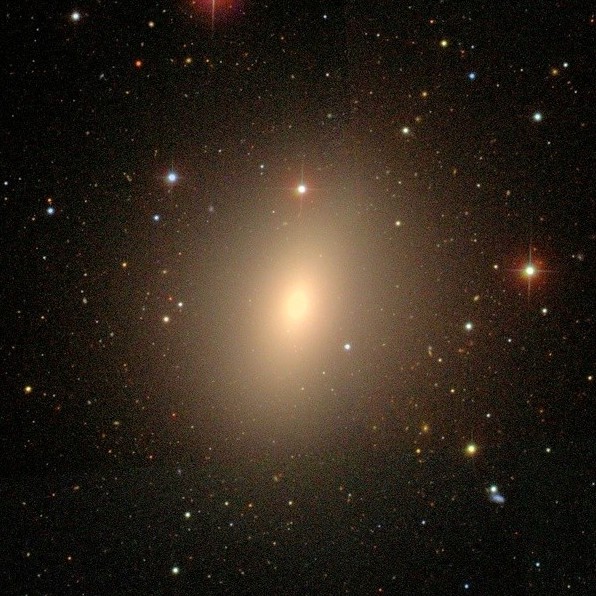 galaxies continue to form stars from the time they are formed and until today. The beautiful bluish spiral galaxies are an example of this. However, others — typically the most massive and elliptical galaxies — at some point cease to form stars. As the short-lived, blue stars die out and the long-lived, red ones remain, these galaxies get their characteristic orange-reddish color.
galaxies continue to form stars from the time they are formed and until today. The beautiful bluish spiral galaxies are an example of this. However, others — typically the most massive and elliptical galaxies — at some point cease to form stars. As the short-lived, blue stars die out and the long-lived, red ones remain, these galaxies get their characteristic orange-reddish color.
What is the cause of this so-called
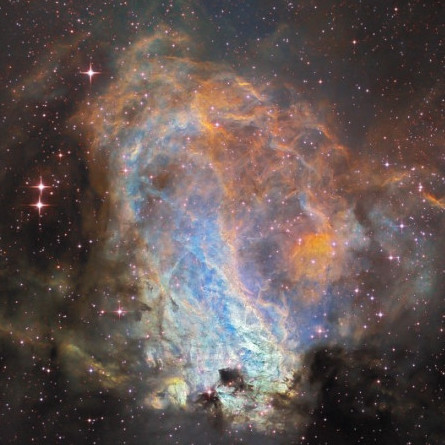 Whether stars die with a whimper or with a bang, they return their gas to the space in between them, only now it is polluted with heavier elements, or
Whether stars die with a whimper or with a bang, they return their gas to the space in between them, only now it is polluted with heavier elements, or
These elements are important in several ways: Not only the metals themselves, but also the molecules and the dust that they form, affect observations both in emission and in absorption. Acting as a coolant, they facilitate star formation, and through the many electronic transitions of metals and molecules and the large cross sections of dust grains they engender massive outflows through stellar and galactic winds.
These processes are interesting in themselves, but also have major impacts on the evolution of galaxies. Analyzing the interstellar medium is thus pivotal to understand galaxies. Notably, DAWN searches for signatures of some of the first molecules to form, such as carbon monoxide.
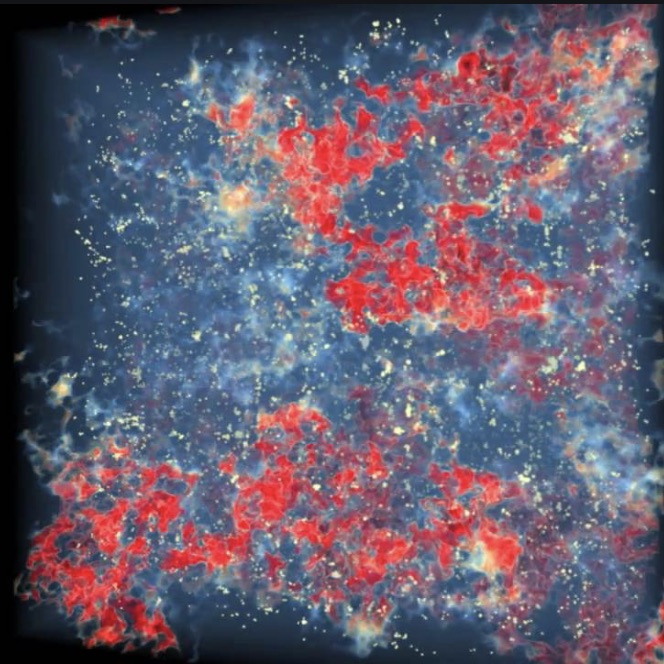 In addition to all the action happening in the Universe in the form of planets forming, stars exploding, galaxies forming, etc., through its history the Universe has also experienced a number of global transitions. Most of these took place in the early Universe, in particular during the Big Bang.
In addition to all the action happening in the Universe in the form of planets forming, stars exploding, galaxies forming, etc., through its history the Universe has also experienced a number of global transitions. Most of these took place in the early Universe, in particular during the Big Bang.
When the Universe had cooled enough that neutral atoms could form, it remained neutral for several hundred millions of years. However, roughly half a billion years after the Big Bang, a global phase transition took place, where the entire vast space between the galaxies was re-ionized.
The sources of the ionizing radiation was probably hot stars in the first galaxies, but quasars also played a role. The transition was fast, cosmologically speaking, but exactly how did it progress? And how clumpy was the reionization? Before the epoch of reionization, light from galaxies has a hard time traveling through the Universe, but if reionization happened in a percolative manner, with large ionized bubbles around some galaxies, these may still be detected. DAWN investigates this interesting epoch in particular through numerical simulations.
Instruments:
James Webb Space Telescope:
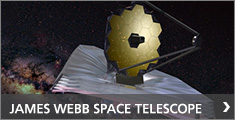 The James Webb Space Telescope (JWST) is designed to study the stars and gas in the first galaxies. JWST primary mirror is 6.5 m in diameter, and it is equipped with 4 infrared instruments for imaging and spectroscopy. DAWN scientists have partaken in the construction of three of these instruments (NIRSpec, MIRI and NIRISS), and will be involved in the analysis of the first data from the telescope. Check out more at https://jwst.nasa.gov/index.html.
The James Webb Space Telescope (JWST) is designed to study the stars and gas in the first galaxies. JWST primary mirror is 6.5 m in diameter, and it is equipped with 4 infrared instruments for imaging and spectroscopy. DAWN scientists have partaken in the construction of three of these instruments (NIRSpec, MIRI and NIRISS), and will be involved in the analysis of the first data from the telescope. Check out more at https://jwst.nasa.gov/index.html.
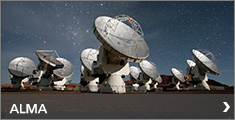 ALMA is the worlds largest radio telescope, located on the Chajnantor Plateau in the Atacama Desert in Chile, one of the highest and driest places on Earth.
ALMA is the worlds largest radio telescope, located on the Chajnantor Plateau in the Atacama Desert in Chile, one of the highest and driest places on Earth.
Astronomers at DAWN use ALMA to study the emission lines and continuum from the cold and dusty environments that compose the interstellar medium (ISM). The reason behind this is the fact the molecular hydrogen - a fuel for star formation, can only exist in these cold regions of the galaxy. The investigation of these environments is complimentary to the study of hot gas and stellar emission and is imperative in furthering our understanding of galaxy evolution.
The telescope is composed of 66 high precision antennae, each with a diameter of 12m, which act together as a single telescope. ALMA is designed to observe emission from cold dust and gas in the early Universe, complementing JWSTs observations of the hot gas and stars in the first galaxies. For more information check out http://www.almaobservatory.org/
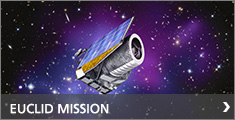 Following its launch in 2020, the ESA/Euclid mission will map out a large part of the sky, with the primary goal of constraining the nature of Dark energy. As part of its calibration plan, Euclid will observe 40 square degrees to great depth, the so-called Euclid Deep Fields. These fields will be a treasure trove for finding rare, bright early galaxies. DAWN scientists play a leading role in the exploration of these deep fields, and will have early access to samples of early galaxies for follow up observations with JWST and ALMA. Read more about Euclid at http://sci.esa.int/euclid/.
Following its launch in 2020, the ESA/Euclid mission will map out a large part of the sky, with the primary goal of constraining the nature of Dark energy. As part of its calibration plan, Euclid will observe 40 square degrees to great depth, the so-called Euclid Deep Fields. These fields will be a treasure trove for finding rare, bright early galaxies. DAWN scientists play a leading role in the exploration of these deep fields, and will have early access to samples of early galaxies for follow up observations with JWST and ALMA. Read more about Euclid at http://sci.esa.int/euclid/.
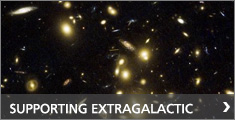 In addition to Euclid, DAWN scientists are involved in a number of the largest existing extragalactic surveys, which will be important sources of targets for JWST and ALMA. These include the COSMOS survey, the Hubble Frontier Field survey, Buffalo, 3DHST, SMUVS, Ultravista and Splash.
In addition to Euclid, DAWN scientists are involved in a number of the largest existing extragalactic surveys, which will be important sources of targets for JWST and ALMA. These include the COSMOS survey, the Hubble Frontier Field survey, Buffalo, 3DHST, SMUVS, Ultravista and Splash.
COSMOS: http://cosmos.astro.caltech.edu/
Hubble Frontier Field: http://www.stsci.edu/hst/campaigns/frontier-fields/HST-Survey
Buffalo: https://buffalo.ipac.caltech.edu/
3DHST: https://3dhst.research.yale.edu/Home.html
SMUVS: https://irsa.ipac.caltech.edu/data/SPITZER/SMUVS/overview.html
Ultravista: http://ultravista.org/
Splash: http://splash-survey.org/
If you are interested in writing a project (this could be a first year project, a bachelor project or a master's thesis) under supervision of a DAWN employee please feel free to contact a DAWN'er on the list below.
| Bachelor | Masters | PhD |
Recent DAWN PublicationsAllen, Natalie et al., Galaxy size and mass build-up in the first 2 Gyr of cosmic history from multi-wavelength JWST NIRCam imaging, Astronomy and Astrophysics O'Ryan, David et al., Time-scales for the effects of interactions on galaxy properties and SMBH growth, Monthly Notices of the Royal Astronomical Society Onori, F. et al., The case of AT2022wtn: a tidal disruption event in an interacting galaxy, Monthly Notices of the Royal Astronomical Society |
Anisotropela with Peter Laursen:
DAWN PostDoc Peter Laursen is very passionate about outreach and generally participates in all kinds of activities; from talks to high school students about the fundamental cosmological questions like "What does the Universe expand into?" and "Is there more than one Universe?" (Danish), to podcasting and writing award-winning popsci articles. An example series of questions from an outreach event in May 2020 can be found here (in Danish).
Peter Laursen's different activities throughout the years can be found on the website Anisotropela.
Visit our Twitter or our Facebook
Johan Fynbo, Professor at DAWN, talks about the foundations and history of the study of galaxies and cosmology and why we want to continue pushing the boundaries of astronomy on this video from one of our main contributors, Carlsbergfondet:
Planetarium fejrer 30 år med Per Vers, Science Slam og bobler from Planetarium Copenhagen on Vimeo.
The Planetarium in Copenhagen is celebrating it's 30th anniversary, and an event where eight physics professors, postdocs and PhD will discuss which area of physics is actually the best will be held with participation of Peter Laursen and Thomas Greve of DAWN. Drop by and check it out. There will be researchers representing everything from new aerospace technology to galaxy formation (yay), cosmoclimatology and exoplanetary studies.
DAWNs primary source of funding is a center of excellence grant from the Danish National research foundation, which runs for up to 10 years, starting in the fall 2017. In addition to this, DAWN will support its members to obtain personal grants from Danish and international funding agencies.
DAWN scientists at the moment hold three such grants, the ERC Consolidator Project: Connecting the Extreme (PI:Toft), the Villum Young Investigator Project: “Gas to dust, dust to stars” (PI: Magdis) and the DFF project: “The first generations of Galaxies” (PI: Watson).
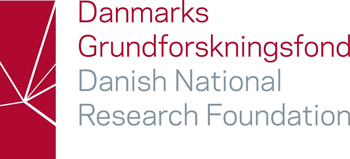
The Danish National Research Foundation funds frontline, curiosity-driven research of the highest quality in Denmark. Read more >>
VILLUM FONDEN and VELUX FONDEN are philanthropic foundations and a part of THE VELUX FOUNDATIONS. Read more >>
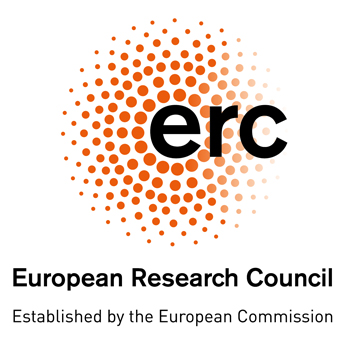
The ERC's mission is to encourage the highest quality research in Europe through competitive funding and to support investigator-driven frontier research across all fields, on the basis of scientific excellence. Read more >>
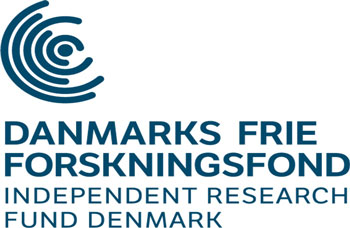
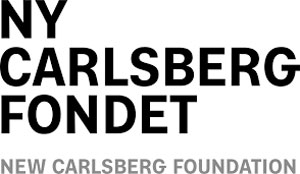
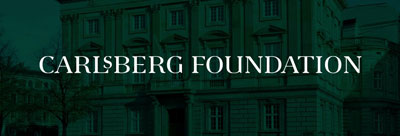
The Visitor Programme is an integral part of DAWN. Visitors contribute to DAWN science in a number of ways; they infuse ideas and stimulate activity, add their expertise to on-going projects, get inspired and develop projects.
DAWN's visitor programme offers support for collaborators to come to DAWN for short and long stays.
There is a wide range of opportunities, both regarding scope and duration of the visit. The main criterion is to optimize scientific return. We support short-duration visits of days to weeks as well as long-term visits up to 12 months. Visits of more than 2-3 weeks are strongly encouraged. Our associates have a standing invitation to visit.
Generally, visits fall into one of these categories:
Visits can take many forms. For example, a single scientist or a research team of co-authors may visit DAWN to contribute to a paper, an important application or a proposal. Suggestions for mini-workshops are also welcome.
Prospective visitors are kindly requested to complete the Visitor Application Form. Before submitting the form, prior contact to a DAWN scientist is encouraged.
Work space, computer access and administrative support are offered to all visitors. Request for financial support should be included on the Visitor Application Form. It is expected that most visits are at least co-funded.
Visitors are supported by the DAWN admin team, who will help with all of the administrative aspects of the visit, including housing. Any specific or unusual computing needs must be communicated prior to arrival.
The prospective visitor's host will introduce the visitor to the scientific and non-scientific life at DAWN.
General information
Nearby accommodations
Copenhagen Airport
Public transportation
Visit Copenhagen.com
Visit Denmark.com
Copenhagen neighborhoods
Public transportation in Copenhagen
Local/Danish news in English
The Local
Copenhagen Post
Politiken
University of Copenhagen
Niels Bohr Institute
Faculty of Science
Places of interest around Copenhagen
"DAWN Does Copenhagen"
Check out this Google map of different bars, restaurants, ice cream shops and attractions, so you'll always know what to do to enjoy your time in Copenhagen!
The restaurants are ordered by price level and if there is any event going on, the map will be updated to show relevant locations.
For more information about DAWN, please contact the Coordinator or the Center Directors.
 |
Sune Toft, Center Director Niels Bohr Institute, University of Copenhagen |
 |
Thomas Greve, Co-Director Danmarks Tekniske Universitet |
 |
Peter Laursen, Communications Consultant Niels Bohr Institute, University of Copenhagen |
Discovery of the origin of heavy elements (On UCPH-web) - Darach Watson in Nature
Putting Supermassive Black Holes on the Scale - John Weaver in Astrobites
Connecting Galaxy Properties to their Star-formation Histories - John Weaver in Astrobites
QUESTing for an answer: Elucidating the role of gas in star-formation - John Weaver in Astrobites
Deciphering Spitzer’s Legacy: Signs of Dead Galaxies at Cosmic Dawn - John Weaver in Astrobites
Plenty of Gas Left in Giant Dead Disk Galaxies - John Weaver in Astrobites
Discovery of the mist distant dusty star foring galaxy - Georgios Magdis in NBI News
Astronomers spot giant dusty galaxy forming during the infancy of our universe - Sinclaire Mannng, Georgios Magdis, Sune Toft in NBI News
Record breaking observations find most remote protocluster of galaxies, linking dark matter to galaxy formation - Seiji Fujimoto, Sune Toft in NBI News
Carbon cocoons surround growing galaxies far beyond previous beliefs, says new study from the Niels Bohr Institute - Sune Toft in NBI News
Almost Human and Stay Curious - Johan Fynbo
Planetarium's 30th birthday - Peter Laursen
Remote Q&A for high schoolers with Peter Laursen.
"Let's answer the big questions"!
Questions asked during the session, with video link (in Danish)
The full list of answered questions can be found here.
High school talk at Det Fri Gymnasium
Subject: Cosmology
- by Peter Laursen
High school talk at Gladsaxe Gymnasium
Subject: The Plank Mission
- by Hans Ulrik Nørgaard Nielsen
High school talk at Roskilde Katedralskole
Subject: The JWST Mission
- by Hans Ulrik Nørgaard Nielsen
Lecture for Folkeuniversitetet
Subject: Cosmic Dawn
- by Sune Toft
Presentation for Viborg Gymnasium
Subject: Hvorfor er det Mørkt om Natten? [Why is it Dark at Night?]
- by Peter Jakobsen
Presentation for Sukkertoppen Gymnasium
Subject Hvorfor er det Mørkt om Natten? [Why is it Dark at night?]
- by Peter Jakobsen
Talk at the Athena School for highly gifted children
Subject: Cosmology
- by Peter Laursen
Talk for high schools visiting DAWN
Subject: Galaxies
- by Peter Laursen
| The early death of cosmic giants (video-recording) - Francesco Valentino at Associazione AstronomiAmo |
| Stjernedannelse i galakser - Isabella Cortzen at NOVA - Nordsjællands Astronomiforening |
Banebrydende rum-opdagelser fra 2010’erne - Johan Fynbo with Radio DR
Nobel Prize in Physics 2019 - Johan Fynbo with Radio 247
Past collision of the Milky Way with smaller galaxy (article appearing in Nature, Helmi et al. 2018) - Peter Laursen with videnskab.dk
Hvor mange stjerner findes der? [How many stars are there?] - Peter Laursen with videnskab.dk
Flat Earth Conspiracists - Peter Laursen with ABC Nyheter
Stars and Sand Grains - Peter Laursen with NRK P1
The autumn night sky - Peter Laursen with NRK P1
Science and religion - Johan Fynbo - Public talks (19 talks)
Astronomy - Johan Fynbo - Public talks (5 talks)
On galaxies at a private birthday party - Peter Laursen - TED Talk
About my research at the Copenhagen Planetarium's 30th birthday - Peter Laursen - Public talk
Lyα cooling radiation at Nordita Zoom-in-and-out workshop - Peter Laursen - Scientific talk in Stockholm
Lyman - Peter Laursen - Scientific talk at DAWN Summit
UCL Seminar - Peter Laursen - Scientific talk in London
Mapping Cosmic Collisions - John Weaver - Astronomy on Tap!
Galaxy evolution - John Weaver - Public talk
GRB Classification - Charles L. Steinhardt - AAS Presentation
High school classes and other groups can request a visit at the section. The most common topic is cosmology with focus on galaxies and galactic fields, but other related topics are possible.
Please fill in the form in Danish